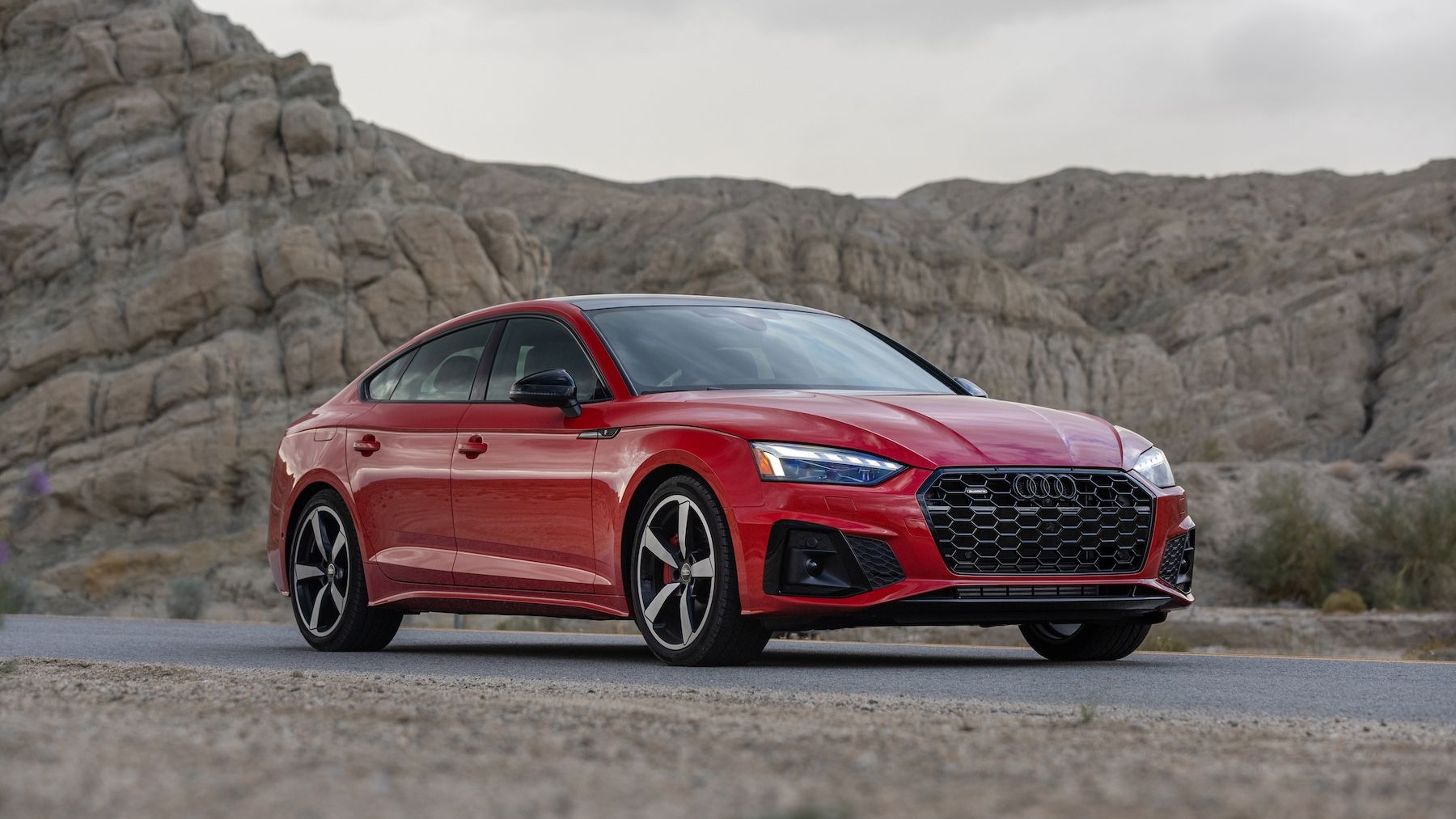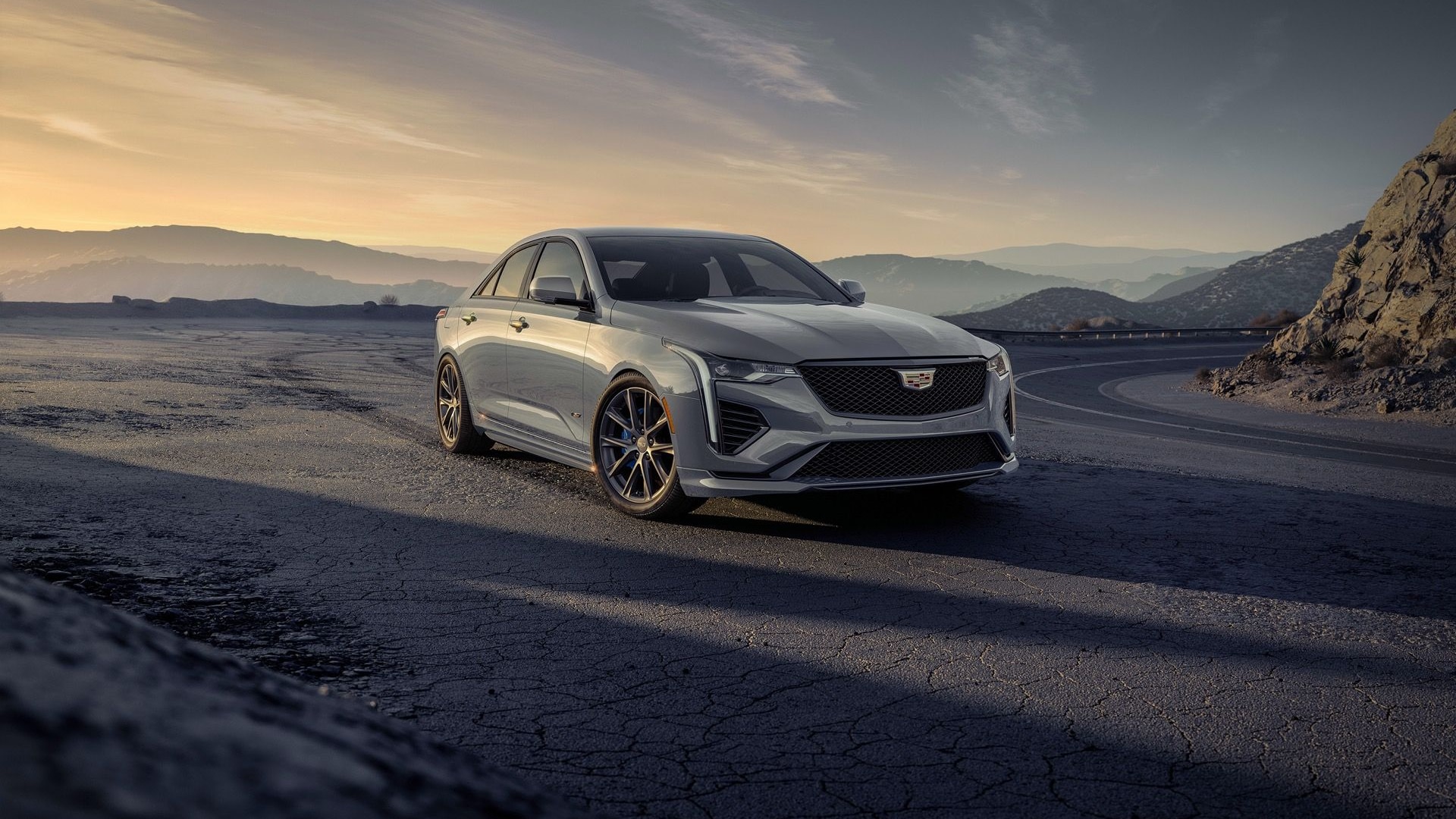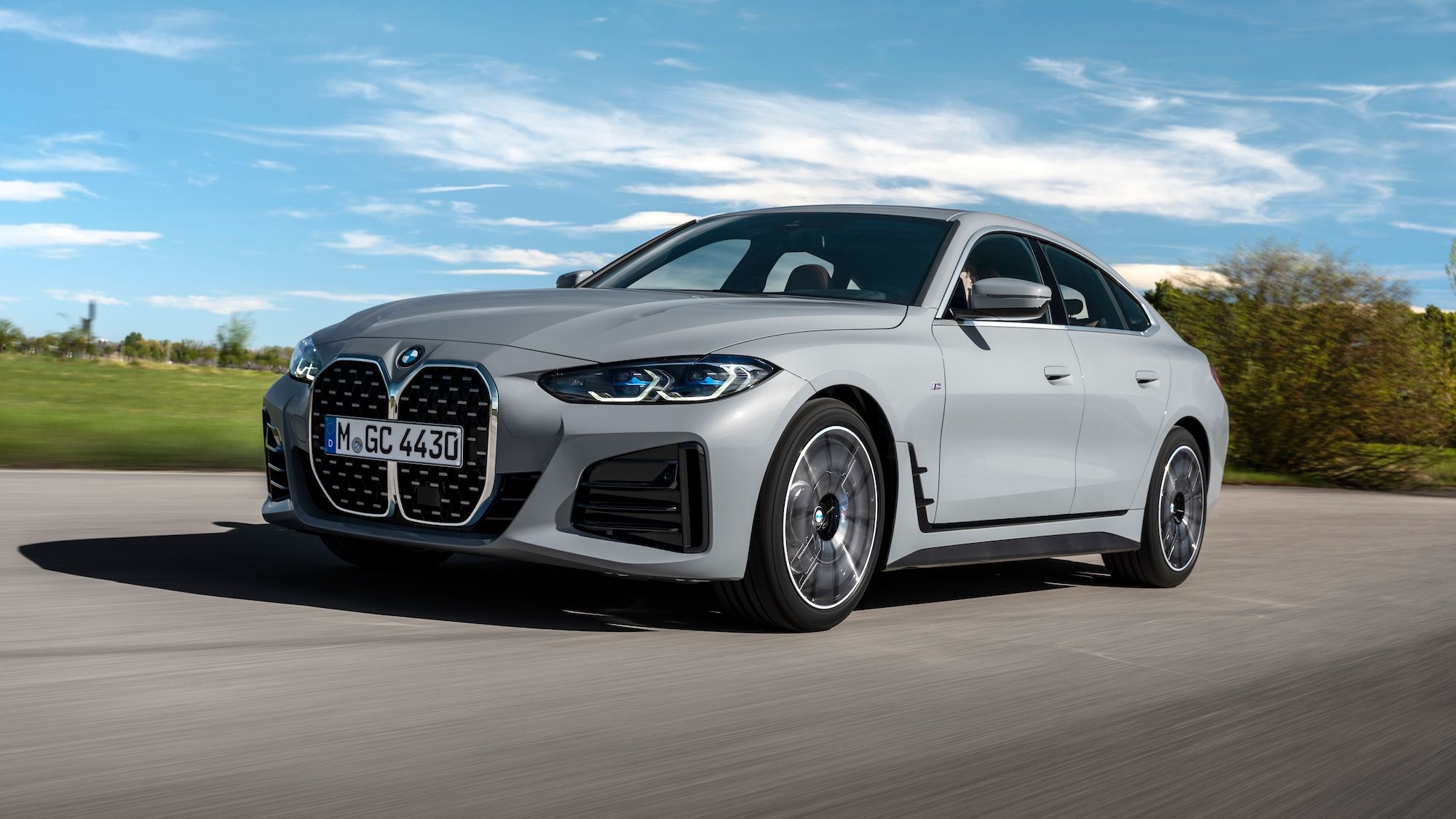We first heard Audi was working on an electrically-driven turbocharger back in 2012, but now the automaker has revealed an engine fitted with the technology in a new concept car. The concept is based on the RS 5 but the car’s standard V-8 has been replaced by an advanced twin-turbocharged diesel engine, with one of the turbos paired with an electric motor.
ALSO SEE: McLaren F1 Flipped During Road Trip With Rowan Atkinson
In a twin-turbo engine, a small turbo is usually combined with a larger one, with the smaller unit’s lighter compressor able to spool up quicker at low rpms in order to reduce dreaded turbo lag. Using an electric motor to spool the smaller turbo takes this concept a step further, with the compressor now able to be spooled up much quicker as it no longer requires exhaust gases to spin.
Such technology is already being used in the 2014 Formula One season as well as the 2014 World Endurance Championship, and a number of patents surrounding the technology have been filed in the past by various automakers. Audi’s setup uses an electric motor to spin the smaller turbo of a twin-turbo engine up to 3,000 rpm, after which the electric motor is completely bypassed—engineers discovered that using an electric motor alone to spool up a turbo wasn’t as effective as using both an electric motor and exhaust gases.
According to Audi, the technology not only aids off the line acceleration, but it also maintains charge pressure when entering a corner, when the driver is likely to be braking and rpms drop, allowing for a quick exit at the other end.
DON'T MISS: Google Unveils Its first Self-Driving Car Prototype: Videos
In the RS 5 concept, the technology is applied to Audi’s latest 3.0-liter TDI engine, which normally produces up to 272 horsepower and 442 pound-feet of torque. But in the concept output is 385 horsepower and 553 pound-feet of torque, the latter of which is generated at just 1,250 rpm.
Audi hasn’t said when we might see the engine fitted to a production car, but don’t be too surprised if it is available in the next year or two. A new diesel-powered RS car is likely to be the first recipient, after which we may even see it in the R8 supercar.
_______________________________________



